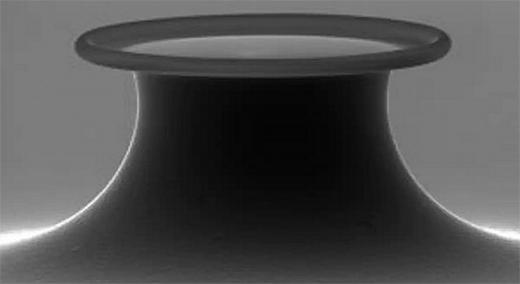My Little Sensor Lab at the University of Arizona develops ultrasensitive optical sensors for medical diagnostics, medical prognostics, environmental monitoring, and basic science research. Our sensor technology identifies substances by shining light on samples and measuring the index of refraction, or how much light is slowed down when it passes through a material that is different from one substance to another—say, water and a DNA molecule.
|
ADVERTISEMENT |
The big idea
Our technology lets us detect extremely low concentrations of molecules down to one in a million-trillion molecules and can give results in under 30 seconds.
Ordinarily, index of refraction is too subtle to detect in a single molecule, but using a technology we developed, we can pass light through a sample thousands of times, which amplifies the change. This makes our sensor among the most sensitive in existence.
…

Add new comment